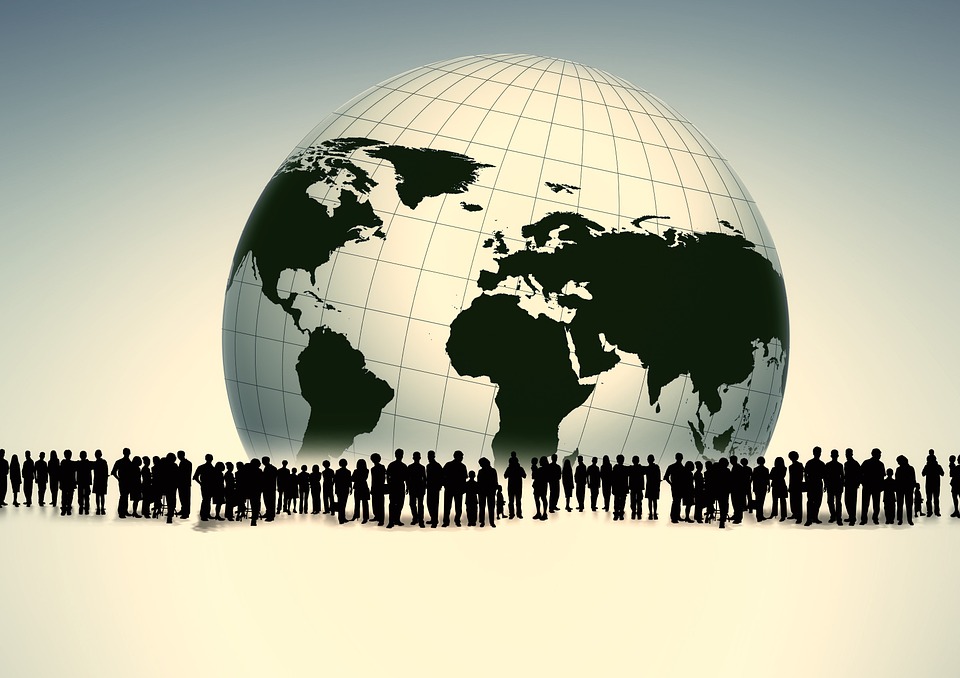ISO 30415
Contents |
[edit] Introduction
In May 2021, the International Standards Organisation (ISO) published ISO 30415:2021 Human resource management - diversity and inclusion (D&I).
ISO 30415 replaces BS 76005:2017 Valuing people through diversity and inclusion. Code of practice for organizations, although both will be in use until May 2023. The internationally developed standard, created by ISO Technical Committee 260 (ISO/TC 260), provides guidance on D&I at all levels within an organisation and to organisations of all types, sizes and locations. It is part of the ISO 30400 suite of Human Resource Management (HRM) standards developed by TC 206.
[edit] The development process
On 2 November 2021, BSI presented a webinar on ISO 30415:2021. The presentation was moderated by Helena Barrell, Standards Development Manager, BSI. The purpose of the webinar was to explain the drivers behind the development of the standard and to highlight the details of the process.
The first speaker was Helge Hoel, professor emeritus, University of Manchester. He opened his presentation by providing some background on the standard, acknowledging the factors that prompted the ISO to examine what needed to be done and who needed to be included in the process.
Recognising the growing need to avoid disrespect in an increasingly diverse workforce, Hoel explained how TC 260 began to identify issues (including external factors such as customers, clients and other stakeholders) and determine methods to deal with them. He explained how some organisations were unable to attract diverse talent (or were unable to retain such talent) due to a lack of D&I policies in place. The feeling was that many organisations would continue to miss out on diverse talent unless a recognised D&I standard established an authoritative course of action.
Prior to the development of ISO 30415 there were several D&I standards, however, there were inconsistencies between these standards, particularly around terminology. There were also organisational comprehension shortcomings, such as understanding the Black Lives Matter movement or acknowledging risks and missed opportunities caused by inaction. By taking D&I seriously and providing practical guidance, ISO set out to reconcile these issues in a credible standard that took a lifecycle approach of “Getting in, staying in and moving on,” said Hoel.
[edit] Scope
As a scalable standard, consistent terminology proved to be a significant issue. Heather Bond, senior adviser, standards at Chartered Institute of Personnel and Development (CIPD) explained that the vocabulary - particularly around the use of the word ‘diversity’ - needed to recognise different national contexts.
She also clarified that this standard was meant to provide guidance for fair and ethical employment. Bond explained that a decent standard of work in terms of environmental, social and corporate governance (ESG) practices is sometimes deemed as valuable to certain types of investors.
She said that the standard was meant to look at the bigger picture and take human resource management out of isolation and apply the ideology of D&I across all components of an organisation. As a principle based standard, it would also look at the full lifecyle of an organisation, using the approach of “plan, do, check, review” to promote continual improvement.
Shortly after development began in 2016, the need to adjust the process to address UN Sustainable Development Goals (set up in 2015) came to the committee’s attention. At this point, the decision was made by TC 206 to backtrack in order to incorporate several of these goals, including:
- Goal 5 - Gender equality. Achieve gender equality and empower all women and girls.
- Goal 8 - Decent work and economic growth. Promote sustained, inclusive and sustainable economic growth, full and productive employment and decent work for all.
- Goal 10 - Reduced inequalities. Reduce inequality within and among countries.
[edit] Application
The practical side of adopting ISO 30415 was addressed by Kevin Bowsher, HS, Equality, Diversity and Inclusion Lead, Mace. He said that managers must set an example, and that organisations needed to make their attitudes towards D&I obvious in order to get everyone involved - and be truly diverse and representational. He also called attention to the benefits of adopting the standard, particularly in the way in which it generates trust.
Bowsher made it clear that trust and commitment allows people to feel empowered to challenge inappropriate behaviour in the workplace, but consistent support from management is essential. He acknowledged the importance of training and stated that organisations should always look to improve.
[edit] Related articles on Designing Buildings
- British Standards Institution BSI.
- Charter for diversity and inclusion in construction and special report launched by CIOB.
- Dive into diversity.
- Diversity and inclusion.
- Diversity, equality and opportunities in the construction industry
- Diversity in the construction industry.
- Equality and diversity: good practice for the construction sector.
- Human resource management.
- International Organisation for Standardisation ISO.
- Sustainability through diversity and multi-culturalism.
- The art of engineering is building for them, her and him.
- UN Sustainable Development Goals.







